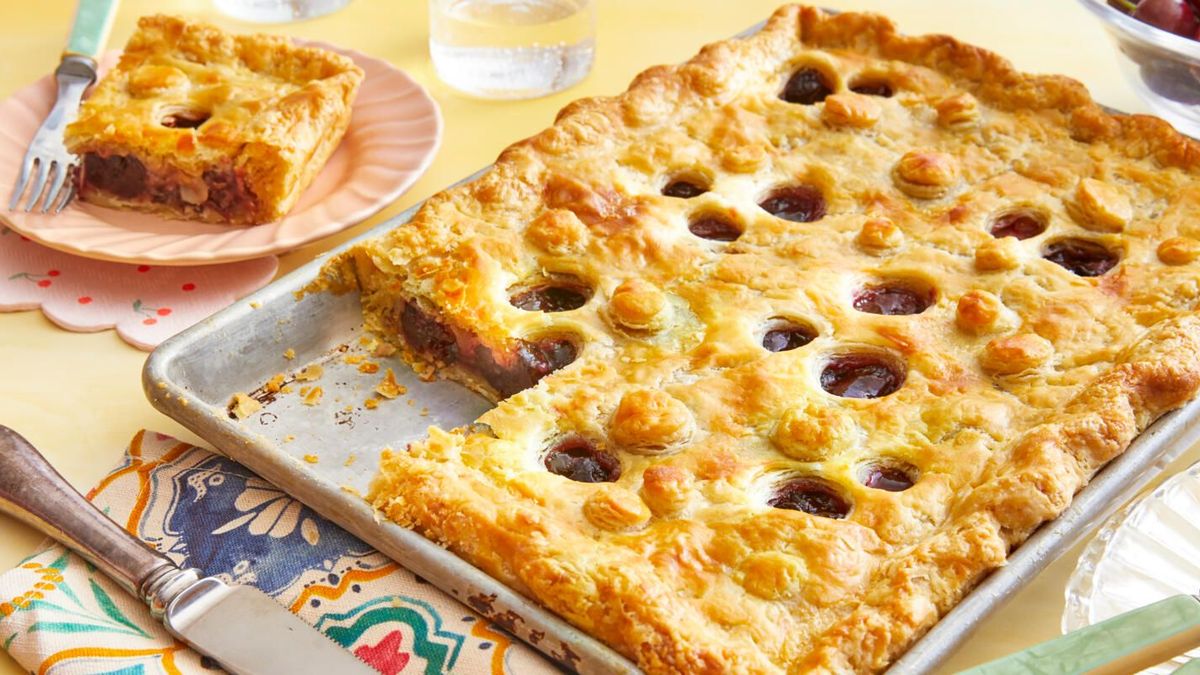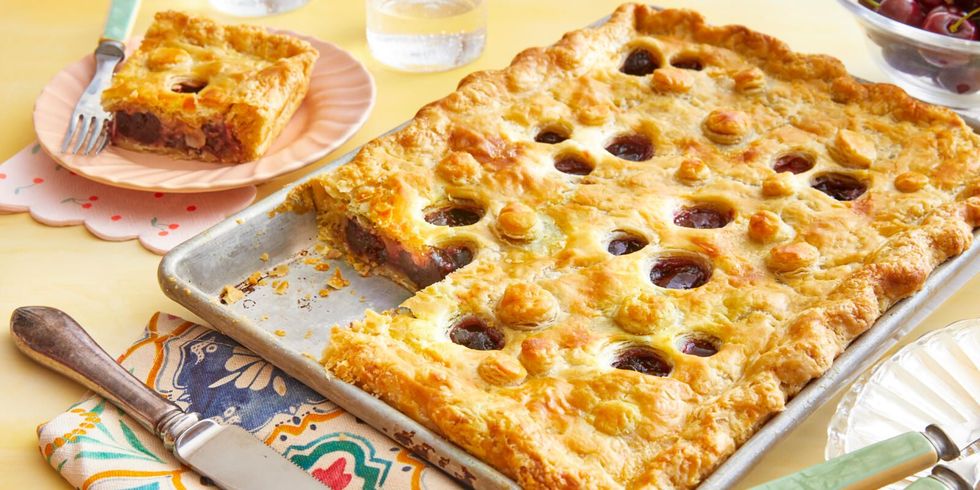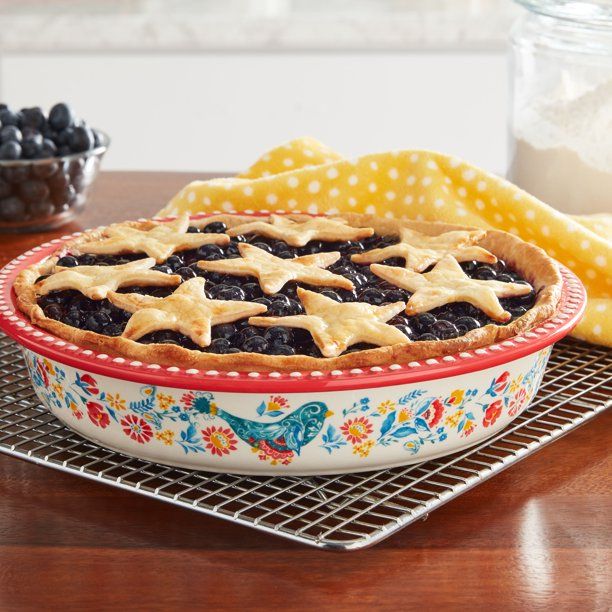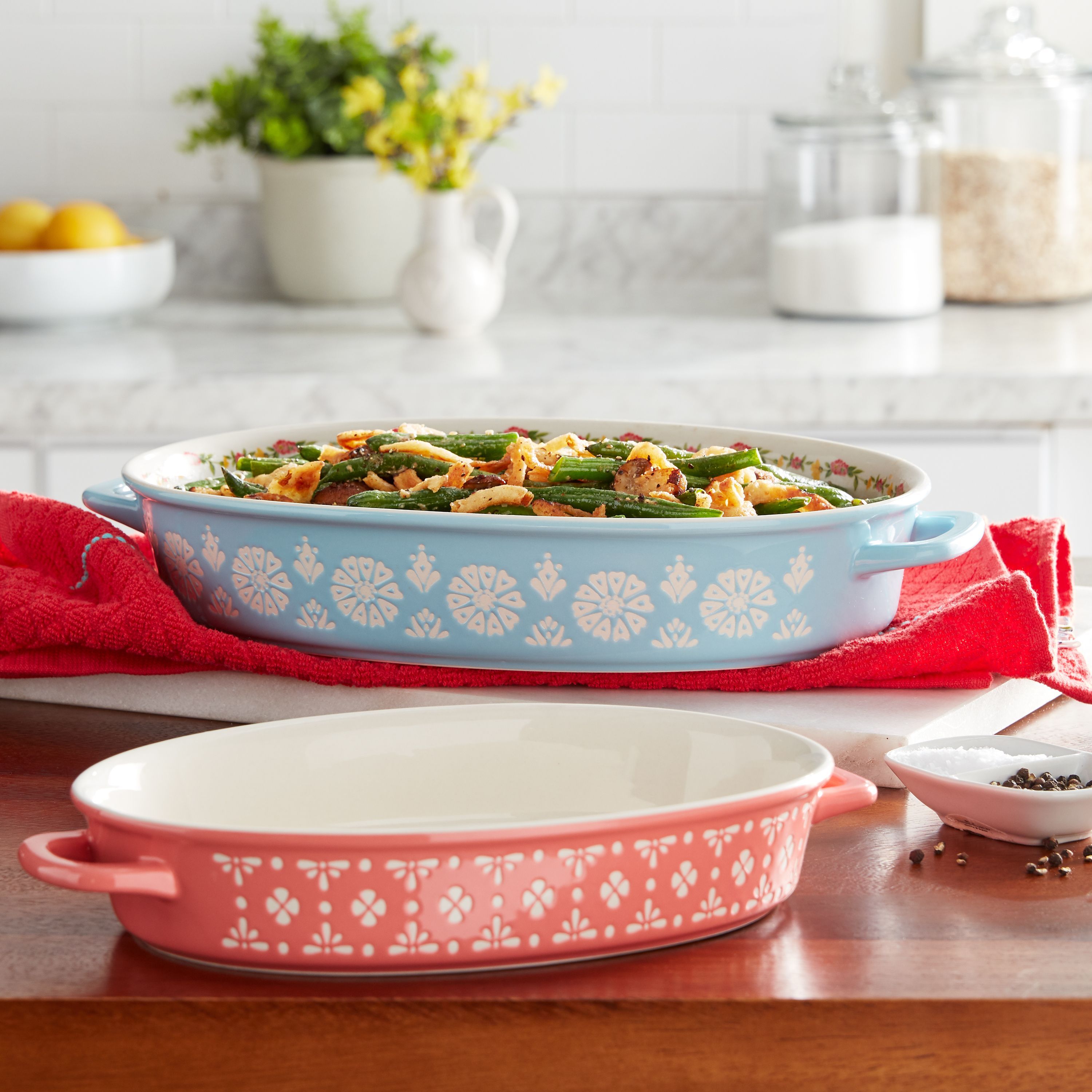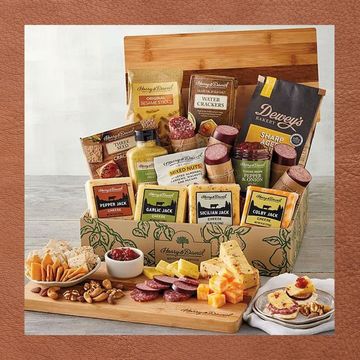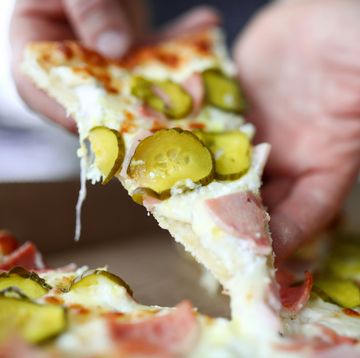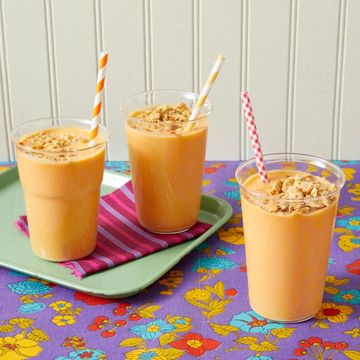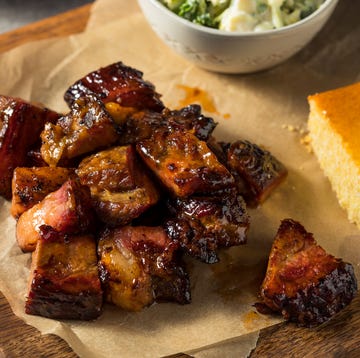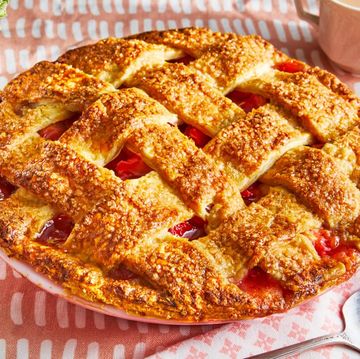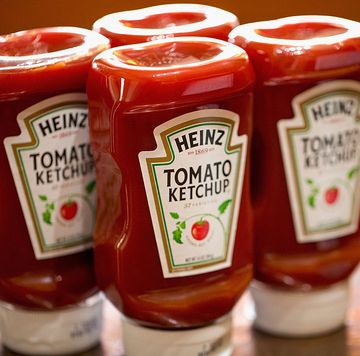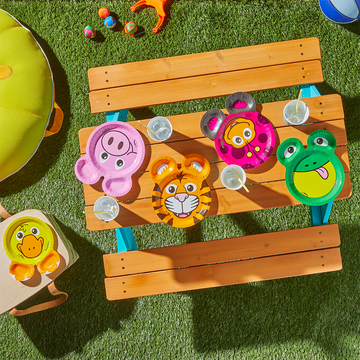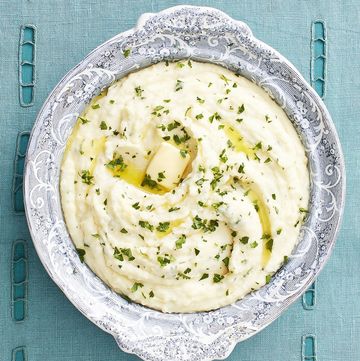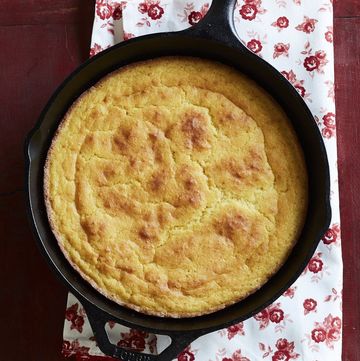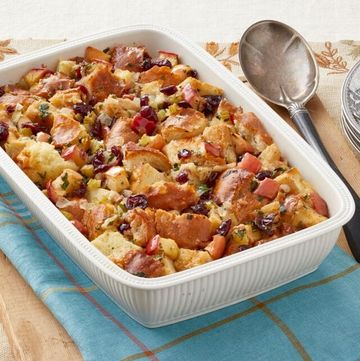In the sweet world of desserts, pies and cobblers could be considered cousins. They are both typically made with cooked fruit and a delicious dough, but while one is more structured and sliceable, the other tends to be a little more free form. Sure, there are plenty of non-fruit-filled pies like Ree Drummond's famous pecan pie and she even found a chocolate cobbler out there that's moved her to tears. However, both are usually associated with seasonal fruit like apples, cherries, and stone fruit like peaches.
But if you've ever wondered what the real difference is between cobblers and pies, you've come to the right place! Here, we explain a cobbler vs. pie and what makes them different—even if they're both equally delicious.
What is a pie?
Aside from the all-important fruit filling, the trademark characteristic of any pie recipe would be its pie crust.
Dough is rolled out to line the pie dish and sometimes blind-baked, a pre-baking step that allows the crust to transform into flaky, golden perfection once the pie filling logs enough time in the oven. Some pies have single crusts (like Ree's famous Dreamy Apple Pie), while others are fully encased (like this double-crusted spiced apple pie), and then there are others that fall somewhere in between (look no further than an apple-pear lattice pie).
No matter the number of crusts or style of top crust, these fruit pies all share a skills-required bottom crust used to line a pie plate—and hold everything together, of course.
What is a cobbler?
Considering the bottom crust of a traditional pie is keeping all the pieces together, it should come as no surprise that the crust on a cobbler is more, well, cobbled together. (Check out Ree's blueberry cobbler, as an example.) The fruit filling encased in a pie is set free in a cobbler, assembled in a baking dish before a biscuit-like dough is dropped on top. After baking, the top crust of a cobbler has baked into crisp and craggy islands of sweet biscuits rising above the free-flowing fruit filling.
What makes a cobbler different from a pie?
The biggest difference between a cobbler and a pie is the placement of the dough. Pies have, at a minimum, a bottom crust with the fruit placed on top, while a cobbler has the fruit on the bottom and a dolloped dough on top instead. The doughs used are also different, with a pie typically using a rolled-out pastry versus the dropped biscuit topping of a cobbler. Fun fact: You may see similar fruit desserts covered in drop doughs called "grunts" or "slumps" as well.
Pies usually require more prep time and a longer bake time in order to get the bottom crust fully cooked. They also need more time to cool so the filling can set. Cobblers, on the other hand, typically cook faster since the dough is on top. They can also be eaten when warmer since you simply have to scoop them into a dish to serve without having to hold their shape. Either way, both yield results that are an ideal pairing for whipped cream or ice cream.
